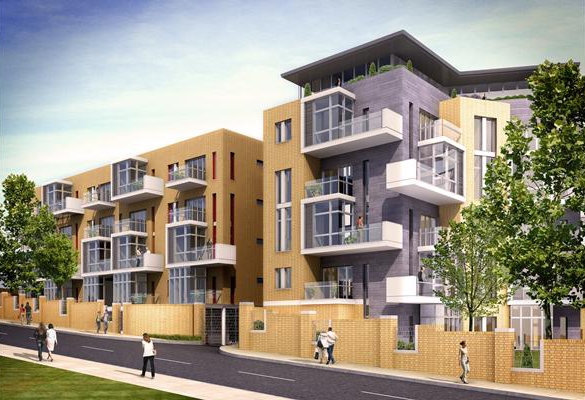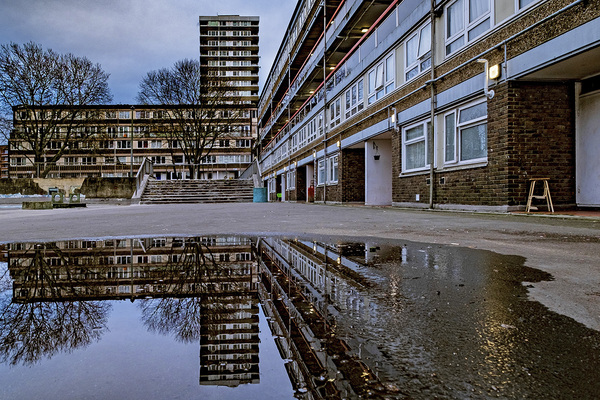You are viewing 1 of your 1 free articles
Richard Best is an independent “cross-bench” member of the House of Lords and has successfully piloted 5 Private Members Bills through ...more
Don’t forget almshouses
Being such small providers of housing, almshouses risk being forgotten by policymakers, argues Lord Best, but these small charities should be making use of low interest rates to build more
The St Lawrence almshouse trust, founded in 1235, was created by Edith Biset to house two female lepers and represents the first example of a special needs housing charity. This is where the social housing sector began. Today, that same charity in Cirencester has been busy developing fine new homes.
But is it still necessary or sensible for the provision of homes, particularly for older people, to be in the hands of, usually, very small, volunteer-run organisations?
“Each resident will be known to the trustees. No one is just a number”
The mainstream housing associations have expanded massively, not just by building and acquiring more homes but by mergers, take-overs and management agreements. Economies of scale have certainly been achieved. And big enterprises, with large property holdings, have found it easy to secure loans on favourable terms.
But small can still be beautiful.
The continuing work of local almshouses demonstrates the value of local communities meeting needs on their doorstep in a very human and personalised way. Each resident will be known to the trustees. No one is just a number.
A danger of being part of a small and specialist corner of the social housing sector is that policymakers can overlook you. Constant diligence is needed to make sure the actions of central and local government do not unwittingly undermine organisations that do not accord precisely with the usual format. This is where the representative role of a specialist federation – the Almshouse Association – comes in.
“We are all now aware of the importance of at least a balcony and some access to green space outside. And perhaps above all, accommodation that brings companionship and, as and when we want it, some social life”
I hear it said that many almshouses are resting on their laurels and have the capacity to do more. With interest rates at incredibly low levels and security for lenders from the historic trust assets, there is the opportunity – perhaps even the obligation – for some to grow again.
One thing is for sure: there is a huge need for more high-quality, new homes for older people with limited means. We are an ageing population and with older age comes potential health problems, particularly for those in unsatisfactory housing. And, for far too many, there is the loneliness of being on your own.
Currently there is growth at the top end of the market for those wishing to ‘right size’ to a new home that is manageable, accessible and affordable. As a result of the pandemic, we are all now aware of the importance of at least a balcony and some access to green space outside. And perhaps above all, accommodation that brings companionship and, as and when we want it, some social life.
I know some of the almshouse trusts are indeed embarking on ambitious plans not just to renovate existing accommodation but to create more. I strongly commend their efforts and hope all those associated with the Almshouse Association will consider the opportunities for continuing to fulfil their historic and precious role.
Sign up for our care and support newsletter
Already have an account? Click here to manage your newsletters












